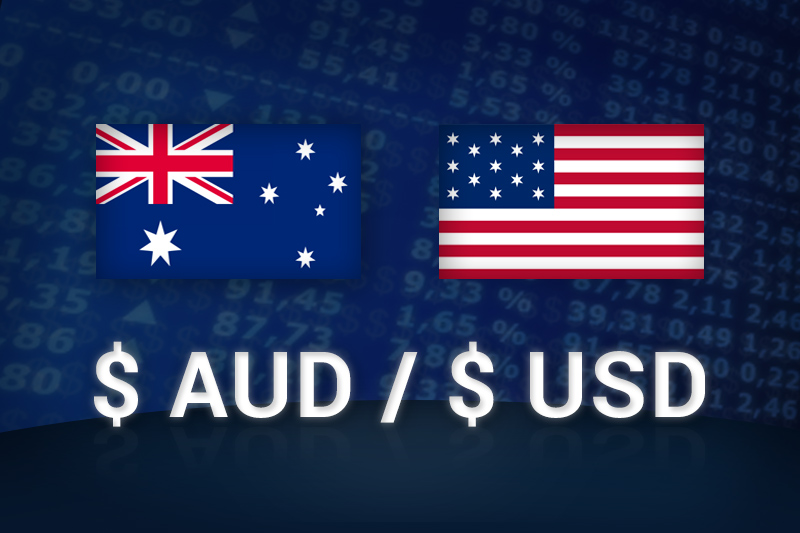Investing.com - The Australian dollar extended Monday's losses against its U.S. counterpart into Tuesday after Australian retail sales disappointed earlier.
In Asian trading on Tuesday, AUD/USD hit 1.0231, down 0.17%, up from a session low of 1.0224 and off from a high of 1.0241.
The pair was likely to test support at 1.0224, the earlier low, and resistance at 1.0276, the high on Sept. 3.
The Australian Bureau of Statistics on Monday reported that retail sales contracted 0.8% in July following a 1.2% increase in June, whose figure was revised up from 1.0%.
Analysts had expected Australian retail sales to rise 0.2%.
The news fueled sentiments the Australian economy may be facing headwinds from abroad, especially in China, where once red-hot growth continues to cool.
The Chinese HSBC Manufacturing PMI disappointed investors this week, hitting 47.6 in August, a tenth successive month-on-month deterioration in Chinese manufacturing operating conditions and the lowest reading since March 2009.
The Reserve Bank of Australia is scheduled to announce it latest decision on interest rates and while investors avoided the Aussie, markets continued to predict the monetary authority will leave benchmark interest rates unchanged at 3.50%.
The Australian dollar, meanwhile was down against the euro and up slightly against the yen, with EUR/AUD up 0.16% at 1.2310 and AUD/JPY up 0.02% at 80.21.
Investors will continue to await the Reserve Bank of Australia's announcement on interest rates.
Elsewhere on Tuesday, the U.S. will release a report by the Institute for Supply Management on manufacturing PMI.
In Asian trading on Tuesday, AUD/USD hit 1.0231, down 0.17%, up from a session low of 1.0224 and off from a high of 1.0241.
The pair was likely to test support at 1.0224, the earlier low, and resistance at 1.0276, the high on Sept. 3.
The Australian Bureau of Statistics on Monday reported that retail sales contracted 0.8% in July following a 1.2% increase in June, whose figure was revised up from 1.0%.
Analysts had expected Australian retail sales to rise 0.2%.
The news fueled sentiments the Australian economy may be facing headwinds from abroad, especially in China, where once red-hot growth continues to cool.
The Chinese HSBC Manufacturing PMI disappointed investors this week, hitting 47.6 in August, a tenth successive month-on-month deterioration in Chinese manufacturing operating conditions and the lowest reading since March 2009.
The Reserve Bank of Australia is scheduled to announce it latest decision on interest rates and while investors avoided the Aussie, markets continued to predict the monetary authority will leave benchmark interest rates unchanged at 3.50%.
The Australian dollar, meanwhile was down against the euro and up slightly against the yen, with EUR/AUD up 0.16% at 1.2310 and AUD/JPY up 0.02% at 80.21.
Investors will continue to await the Reserve Bank of Australia's announcement on interest rates.
Elsewhere on Tuesday, the U.S. will release a report by the Institute for Supply Management on manufacturing PMI.
